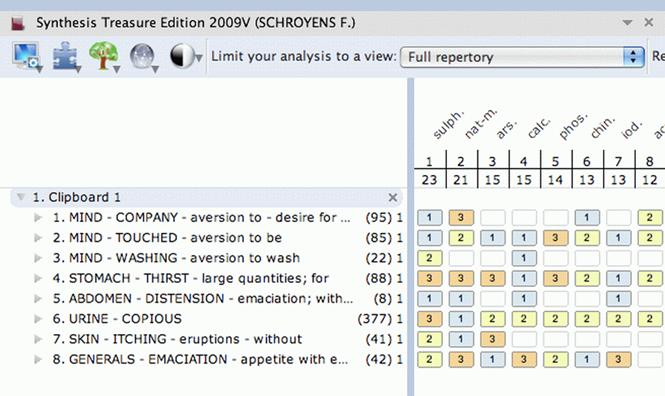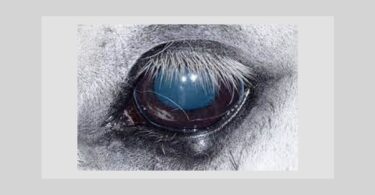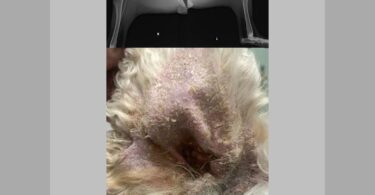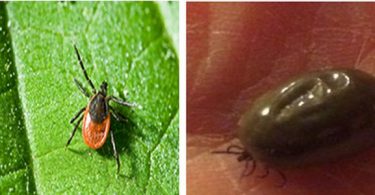This is the case of Bunny, then a 14-year-old cat who was diagnosed initially with diabetes, and subsequently with a probable pancreatic tumor, and given 1-2 months to live. Thanks to homeopathy, it has been 1 1/2 years since he was given “2 months to live,” and Bunny is currently 16 years old, and still the chief cat in his household. Here is the case:
Bunny is a beautiful all-white, blue-eyed domestic shorthair, with some Siamese ancestry.
Chief complaint:
Diabetes, diagnosed in September 2011
Likely pancreatic tumor, diagnosed in March 2012
Health history:
He has mostly been a healthy cat, but has occasionally suffered from gingivitis, and has had two teeth extracted. He is also fond of eating, and used to be overweight – averaging about 18 lbs.
In December 2010, Bunny started hovering around his food, not eating – clearly wanting to eat but unable to, or just eating a little and walking away. The vet advised tooth extraction, and Bunny underwent the surgery. When the vet carried out blood tests pre-surgery, his blood sugar was perfectly normal, at 92. He was also given a rabies vaccination before surgery.
Over the next few months, he started eating again, but began losing weight; it dropped to 12.5 lbs. He started drinking large amounts of water, and his urine output increased as well – all classic signs of diabetes, which was diagnosed in September 2011.
During this period, I consulted a couple of homeopathic vets, one of whom advised Phosphorus 30, and the other Nat Mur 200 for him. We also changed his diet to a wet food diet, and cut out dry food completely. Neither the remedies, nor the diet change seemed to help, and finally in November 2011, I got extremely worried when I smelled ketones on his breath.
When I took him to the allopathic vet, he was diagnosed with ketoacidosis, with a blood glucose level of 469. He was admitted to the ICU, and subsequently put on insulin twice daily. Since cats’ blood sugar levels are difficult to monitor at home, he had to be taken in for frequent blood glucose and fructosamine checkups. This was deeply traumatic for him and he hated it, which probably compounded the spike in blood glucose. Each time, the blood glucose continued to be high, in the range of 350-450, even with increases in the dosage of insulin.
In April 2012, after he had been on the insulin for 5 months, he stopped eating, or would eat and start vomiting up what he had eaten. I took him in to the vet again, and she ran ultrasounds, and diagnosed a probable pancreatic tumor, though she could not say so definitively, due to the large fluid build-up in his abdomen. She thought that given his age, and his lack of response to insulin, he had only 1-2 months to live, and unless she could operate and find out what was going on inside, there was nothing else to do other than manage his pain. Surgery would involve anesthesia and would be risky.
At this point, he was still not eating, he had to be given IV fluids daily, and he had to be force fed thrice daily which was a nightmarish experience for both of us. His weight was down to 11 lbs. The vet said that if this continued for a few more days, he might have to be put to sleep.
At this point, I repertorized his case, and here is the analysis:
Rubrics:
In terms of mental/ emotional symptoms – he preferred solitude, he did not want to be petted, he had abandoned his previous fastidious cleaning and now rarely groomed himself. In terms of physicals and generals – he had enormous thirst for large amounts of water, large amounts of urine, itchy skin, and while he had lost a great deal of weight, his abdomen was distended.
Sulphur came up in every single rubric, followed by Natrum mur as a close second. This remedy had already been tried, so I considered Sulphur. ..and I hesitated. When I was a student doing differential analyses of remedies, for some reason it seemed to me that Sulphur had always been dismissed by the teachers using the argument, “Sulphur always comes up”, so I had a tendency to be wary of Sulphur cropping up in repertorizations. In fact, Sulphur had never been prescribed in any of my clinical training cases.
Kent says, “It seems that the less a physician knows of the Materia Medica the oftener he gives Sulphur, and yet it is very frequently given, even by good prescribers; so that the line between physicians’ ignorance and knowledge cannot be drawn from the frequency with which Sulphur is prescribed by them.”
So if I gave Sulphur in this case, was I being an ignorant or a knowledgeable prescriber? I considered the choice of rubrics again, and I saw that other than the “Urine – copious,” none of them were exceptionally large rubrics, where all the polychrests would be expected to pop up. Sulphur was the only remedy that appeared in every single rubric.
Given his serious condition, and the fact that Sulphur can often “rouse the reactive powers of the system, or clear up the case…,” I decided to give him Sulphur 30C. Below is the chronology of events post his remedy.
Remedy Response
April 20th: Sulphur 30
April 21st: He ate on his own for the first time in several weeks
April 22nd: Blood glucose down to 177
May 4th: Blood glucose at 120
May 22nd: Blood glucose at 52. Too low, so dose of insulin was reduced.
May 29th: Blood glucose at 49 – way too low, so insulin was stopped
June 1st:Blood glucose at 88, without insulin for the last 3 days
June 6th: Blood glucose continues to be normal a week after discontinuing insulin, no more insulin.
Follow up
Over the next 2-3 months, Bunny’s weight went up, and he went back to being the cat he used to be, as though the past 2 years or so had never happened. He started seeking affection again, and running up and down the stairs, which he had completely stopped. His skin started glowing again, and he put on some weight, which had been stable for the last 18 months.
In the last year, I have repeated Sulphur 30C a couple of times, when I have felt that he was drinking too much water, or when the urine increased, and he is doing well on that.
Looking back
Was the ‘diabetes’ brought on by his tooth surgery? Or was it the rabies vaccination that he had just before the surgery? It would seem so, since his blood glucose had been perfectly normal prior to the surgery in 2010. I went back and repertorized his symptoms in 2010, prior to the dental surgery to see what remedy would come up:
References:
Kent: Lectures on Homeopathic Materia Medica







What a wonderful case. Well done. I hope your Vet was impressed.
Hi Monica,
Thank you for your kind comments!
Swapna.
great article & case i often think the same about the polycrests & will look for other remedies -sometimes we over think the case, it also goes to show that we dont always need the higher potencies